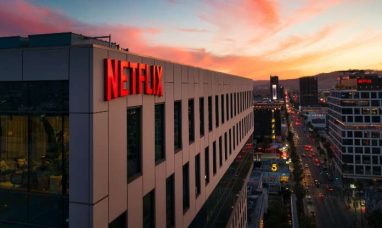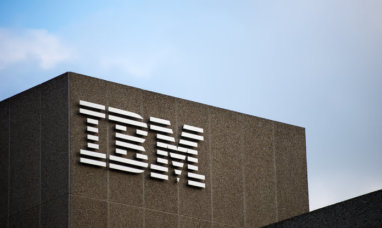Since its Q2 results release, Netflix (NASDAQ:NFLX) has seen a significant 10% decline from its peak price of over $477 per share. The company’s financials, however, suggest that investors might be overreacting. On Friday, July 21, NFLX stock traded at $428.37, marking a further 2.0% drop.
In its Q2 shareholder letter, Netflix (NASDAQ:NFLX) revealed an impressive increase of 5.89 million memberships for the quarter, surpassing the 1.75 million increase in Q1. This growth is noteworthy, considering that a year ago, the company experienced a slight drop in memberships to 220.67 million. Currently, Netflix boasts 238.67 million members as of Q2 2023.
Despite this positive momentum, concerns arise from the fact that much of Netflix’s growth appears to be driven by its ad-included plans, which haven’t proven as fruitful as anticipated. The company has made adjustments, removing its $9.99 per month ad-free plan in the US and the UK (except for existing members who maintain their current plan). Instead, Netflix (NASDAQ:NFLX) now encourages users to either sign up for the $6.99/mo plan that includes ads or opt for the $15.99 per month ad-free plan.
To maintain a strong financial position, Netflix (NASDAQ:NFLX) aims to extract significant new ad-based revenue while continually growing its streaming membership recurring revenue. Comparable to other media companies, analysts may soon start assessing Netflix’s ARPU (average revenue per user) to better understand its revenue mix.
One aspect that sets Netflix apart from its streaming competitors is its impressive free cash flow (FCF) generation. During Q2, Netflix generated $1.339 billion in FCF, though this was lower than the $2.117 billion in the previous quarter. Nevertheless, this amount is substantially higher compared to the $13 million generated a year ago and the $332 million from Q4 2022.
The company’s outlook remains positive, as Netflix now anticipates generating $5.0 billion in FCF for the year, up from its earlier forecast of $3.5 billion. However, it’s worth noting that some of this increase is attributed to the effects of writers’ and actors’ strikes, which effectively moved forward FCF from the future. Despite this, the augmented FCF still positions Netflix as an attractive option for investors.
Valuation-wise, Netflix’s market valuation currently stands at $193.5 billion, translating to a mere 38.7x its FCF. This equates to an appealing 2.58% FCF yield, particularly when compared to high-valuation counterparts like NVDA, which trades at well over 44x forward cash flow and carries a 2.25% FCF yield.
With such robust FCF, Netflix (NASDAQ:NFLX) gains the upper hand in the streaming wars, enabling it to invest in producing better-quality content, attract top talent, and potentially make strategic acquisitions. Overall, these positive factors indicate that NFLX stock could present an attractive opportunity for value investors looking for long-term growth.
Featured Image: Unsplash















